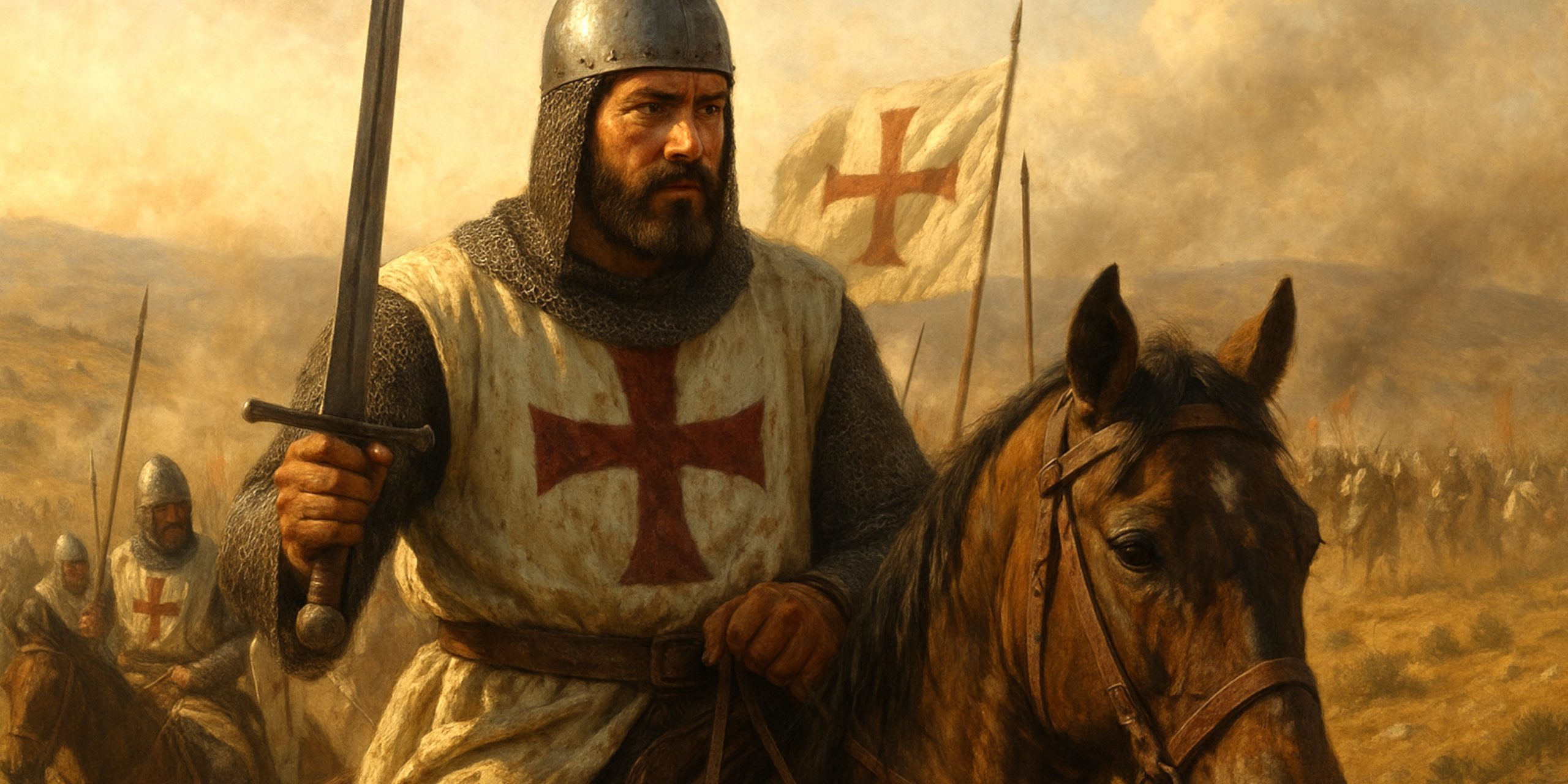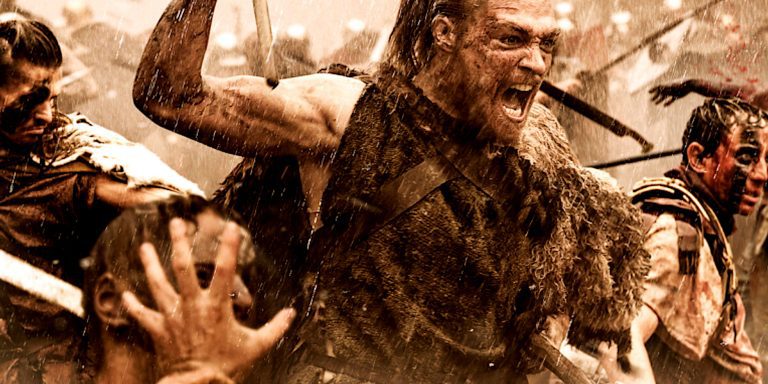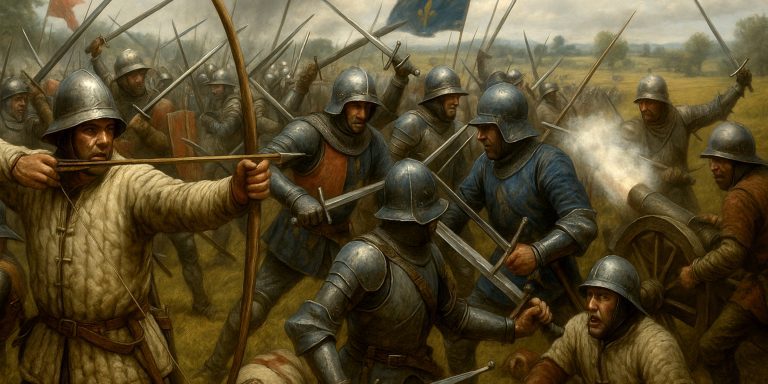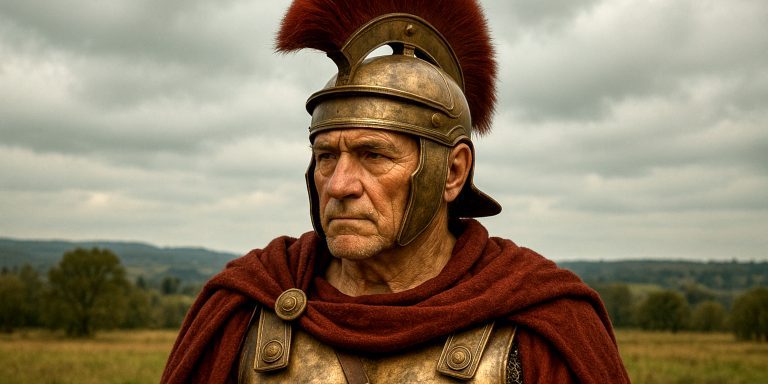
Guy of Lusignan remains one of the most contentious figures of the late 12th century. A Frankish noble of modest beginnings, he rose to the throne of Jerusalem during a period of immense crisis and conflict. His reign, heavily defined by the disastrous loss at Hattin and the subsequent fall of Jerusalem, continues to spark debate among historians. Yet there is more to his story than military defeat. His survival, political adaptability, and later rule in Cyprus reveal a man capable of navigating the brutal power dynamics of the Crusader states.
Early Life and Ascent
Guy was born around 1150 in Poitou, France, the youngest son of Hugh VIII of Lusignan. His early years are not well-documented, but he emerged in the Holy Land in the 1170s, likely drawn by ambition as much as religious fervour. His marriage in 1180 to Sibylla, sister of King Baldwin IV of Jerusalem, propelled him into the heart of Crusader politics. Despite the king’s scepticism toward him, Guy was named regent during Baldwin IV’s illness and crowned king after Baldwin V’s death in 1186, through Sibylla’s controversial claim.
Arms and Armour
As a Frankish noble and later king, Guy would have worn equipment typical of high-ranking knights of the late 12th century:
- Helmet: A rounded nasal helm early in his career, likely replaced by a flat-topped great helm by the time of Hattin.
- Mail: Hauberk and chausses of riveted mail provided full-body protection, often worn over a padded gambeson.
- Surcoat: Emblazoned with heraldic symbols, possibly a cross or a stylised lion, common among the Lusignan family.
- Weapons: A double-edged arming sword, a kite or heater shield, and a dagger. As king, his sword may have been of high craftsmanship, though no known example has survived.
- Horse and Tack: As a mounted knight, Guy would have ridden a destrier into battle, equipped with mail barding and an ornate saddle suitable for a commander.
Battles and Military Acumen
The Battle of Hattin (1187)
Guy’s most infamous military decision was leading the Christian army across the arid plateau near Tiberias. Saladin’s forces, controlling the springs, encircled the exhausted Franks. The resulting defeat was catastrophic. Most of the army was killed or captured. Guy himself was taken prisoner but spared by Saladin, unlike Reynald of Châtillon who was executed shortly after the battle.
Criticism of Guy’s generalship stems from several key decisions:
- Marching into a trap despite advice from Raymond III of Tripoli.
- Failing to secure water sources.
- Allowing the army to become overstretched and surrounded.
While some historians blame the political divisions within the Crusader elite for the disaster, Guy’s inability to assert clear command and his lack of tactical foresight remain damning.
Siege of Acre (1189–1191)
After being released by Saladin, Guy led a siege on Acre to re-establish his legitimacy. The campaign lasted two years and was marked by extreme hardship and high casualties. Despite his persistence, Guy was gradually sidelined by the arrival of Richard the Lionheart and the politically stronger Conrad of Montferrat, who would eventually replace him as king of Jerusalem in all but name.
Rule in Cyprus
Richard I granted Guy the island of Cyprus in 1192. There, freed from the fractious politics of the Kingdom of Jerusalem, he laid the foundations for what would become the long-lasting Lusignan dynasty. His rule was short, ending with his death in 1194, but his successors would continue to shape Cypriot history for centuries.
Political Reputation
Guy’s kingship was often questioned due to his lack of broad noble support and his perceived military failures. Yet, he was tenacious and politically savvy enough to secure Cyprus, a valuable and strategically located territory. While he was not a gifted general, his ability to endure in the face of repeated political setbacks deserves more credit than is often given.
Artefacts from His Reign
There are no surviving personal items definitively linked to Guy of Lusignan. However, several artefacts from the period and region help contextualise his reign:
- Lusignan family seals: Seals bearing the Lusignan lion are preserved in French and Cypriot collections.
- Crusader-era weapons and mail: Held in institutions such as the Musée de l’Armée in Paris, the Israel Museum in Jerusalem, and the Cyprus Museum in Nicosia.
- Crusader coinage: Coins from the late Kingdom of Jerusalem and early Lusignan Cyprus, featuring crosses and inscriptions in Latin, give insight into the economy of Guy’s time.
Recent Archaeology
Recent digs in Acre and Cyprus have added depth to our understanding of the late 12th-century Crusader world. Notable findings include:
- Siege works at Acre: Excavations have uncovered remnants of siege towers and defensive walls, confirming contemporary accounts of the prolonged and brutal siege Guy helped launch.
- Cypriot fortifications: Archaeological surveys at sites like Kolossi Castle and Nicosia’s city walls show early Lusignan investment in defensive infrastructure.
- Burial sites: Tombs of Crusader nobles near Jerusalem and Acre, while not directly linked to Guy, have yielded well-preserved weapons and religious artefacts that reflect the world he inhabited.
Legacy
Guy of Lusignan is often remembered as the king who lost Jerusalem. Yet his story is more complex. His tenure reflects the challenges of rule in a fragmented and perilous kingdom, where politics, faith, and war collided. Though far from a brilliant commander, he showed resilience and a degree of cunning in carving out a second act in Cyprus. The Lusignan dynasty he founded would rule for nearly 300 years.
Watch the documentary:



